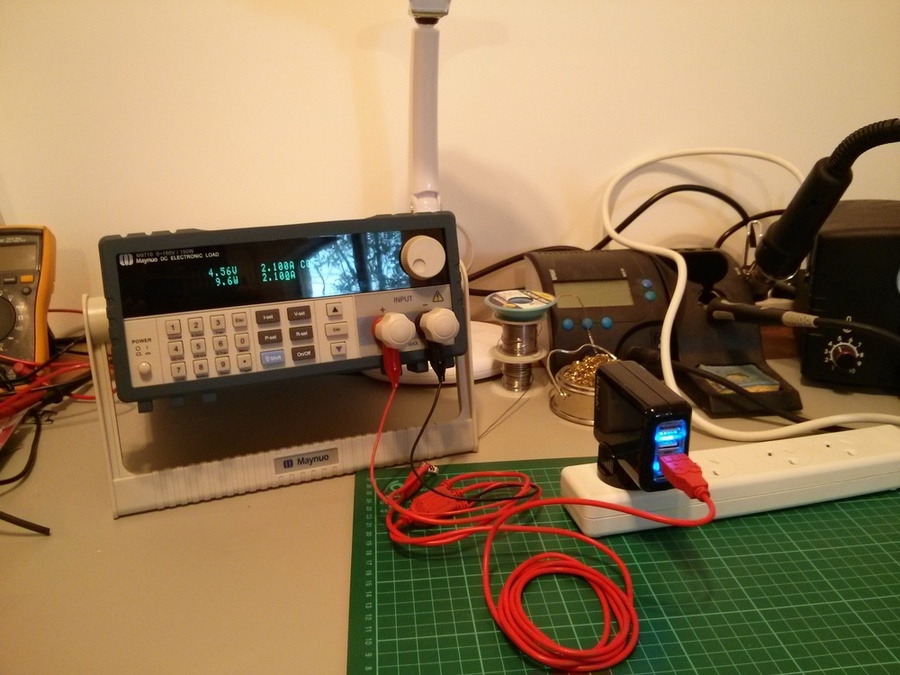Testing Products with Products
We like to have quality products. Right from when we began back in 2005/06 that was one of the core ideas, to sell quality hardware which was hard to find locally. Selling crap gear is no fun for anyone; the customer gets a rude shock when whatever they purchased arrives and is big let down. We don't make any money because people return the bad products to us for refunds. Basically everybody is unhappy and we go out of business.
Back then it was quite easy, back then I could count on one had the manufacturers of the products we sold and sales were small enough for me (Hadley) to spend plenty of time on each one. Fast forward to 2013 and these days with the large order volume, wide variety of products we sell and sources we get them from, it's not quite so easy. It's important for me to be vigilant and make sure that we're not turning into just another online store selling bulk, cheap low quality goods.
Of course all of this isn't to say that we don't get faulty products, of course we do. There's always going to be a few defective products and if you start selling in a reasonable volume then this can start to mount up quickly if you're not careful. Thankfully selling the products we do means that there's usually sometime useful lying around to make testing things out easier.
We recently had a customer having issues with a 4 port USB wall charger. This is an interesting case as I am pretty confident that the chargers are decent quality. Like most products I had tested them myself before they were listed for sale. We arranged a return of the charger to check it out here.

You can see a picture of me testing it above with one of my favourite toys, an electronic DC load. You plug into that the load you want to simulate - in this case 2.1A which is the rated specification of the USB charger - hook up the device and press go. So I didn't have to cut up another USB cable I used another handy product, the SparkFun Hydra Cable which plugs into a USB port and gives you various outputs such as banana plugs I used here..
If you ignore the reflection of trees out my window you can see on the pretty display of the electronic load 2.1A at 4.56V. This is within the USB voltage specification and shows the adapter can supply what it says it does. I left this running for an hour or so, it did get a little warm but seemed perfectly stable. You'll note it's not quite 5V that USB is meant to be. This is a combination of droop from the charger under load and voltage drop over the length of the USB cable which is normal.
So what was the problem the customer was having? Turns out they were trying to draw quite a bit more than the USB adapter is rated for. They were wanting to charge two iPads and two iPhones all at the same time. Looking at the specifications these can draw up to 2A each so that is possible 8A total, four times more than the charger is capable of. At that load the voltage would drop and it may stop charging completely. I've since added a clarification to the product page so others don't make the same mistake in the future.
1 response to "Testing Products with Products"
-
Interesting, that charger looks very similar to the KMS one tested here: http://www.righto.com/2012/10/a-dozen-usb-chargers-in-lab-apple-is.html

